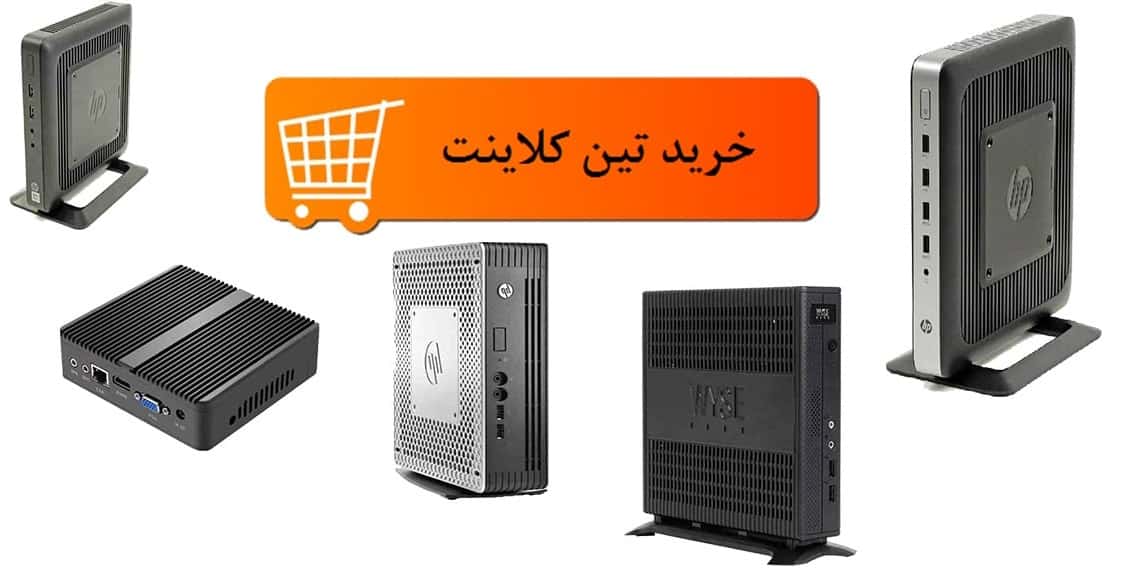What is Thin Client and How Works?
Author : fatemiui elhamih | Published On : 07 May 2024
What is a Thin Client?
A thin client is a lightweight computer or device that relies on a server to perform most of its processing tasks. Unlike traditional PCs, thin clients don't have all the components and processing power needed to run applications on their own. Instead, they connect to a central server where the heavy lifting happens.
How Do Thin Clients Work?
Thin clients work on a principle called "server-based computing." Here's how it works in a nutshell:
Client-Server Relationship: In this setup, the thin client (the "client" part) connects to a powerful server (the "server" part) over a network.
Minimal Local Processing: Thin clients have minimal processing power and storage. They typically include just enough hardware to connect to the server, display information, and handle basic input/output tasks.
Server Does the Heavy Lifting: The real work happens on the server side. When you use a thin client, the applications you run and the data you work with are actually processed and stored on the server. The thin client acts as a portal to access these resources.
Remote Display Protocol: To make this remote connection possible, thin clients use a technology called a remote display protocol. This protocol allows the server to send screen updates, keyboard, and mouse inputs to the thin client, creating the illusion that the application is running locally.
Advantages of Thin Client Devices
Cost-Efficiency: Since thin clients have fewer components, they're usually cheaper to purchase and maintain compared to traditional PCs. This makes them a cost-effective solution for businesses and organizations with tight budgets.
Centralized Management: With thin client devices, IT administrators can centrally manage software updates, security patches, and user access from the server. This simplifies maintenance and reduces the workload for IT departments.
Enhanced Security: Since data and applications are stored centrally on a server, thin client devices are inherently more secure than traditional PCs. There's less risk of data loss or theft since sensitive information isn't stored locally on individual devices.
Energy Efficiency: Thin client devices consume less power than traditional PCs since they have fewer components. This not only reduces electricity bills but also contributes to a greener environment.
Scalability: Thin client infrastructure is highly scalable, making it easy to add or remove devices as needed. This scalability is especially beneficial for businesses experiencing growth or fluctuations in demand.
Common Use Cases
Thin client devices are commonly used in environments where multiple users need access to the same set of applications and data, such as:
Enterprise Workplaces: Many businesses deploy thin client devices in office environments to provide employees with access to business-critical applications and data.
Educational Institutions: Schools and universities often use thin client devices in computer labs or classrooms to provide students with access to educational software and resources.
Healthcare Facilities: Hospitals and clinics may use thin client devices to provide healthcare professionals with access to electronic medical records and patient information securely.
Retail Environments: Thin client devices are also used in retail settings for point-of-sale systems and inventory management, where multiple terminals need to access the same database.
In Conclusion
Thin client devices offer a simplified and cost-effective approach to computing, leveraging centralized servers to provide users with access to applications and data. With advantages such as cost-efficiency, enhanced security, and centralized management, they're increasingly being adopted across various industries. Whether in businesses, schools, hospitals, or retail stores, thin client devices are transforming the way we think about computing.

